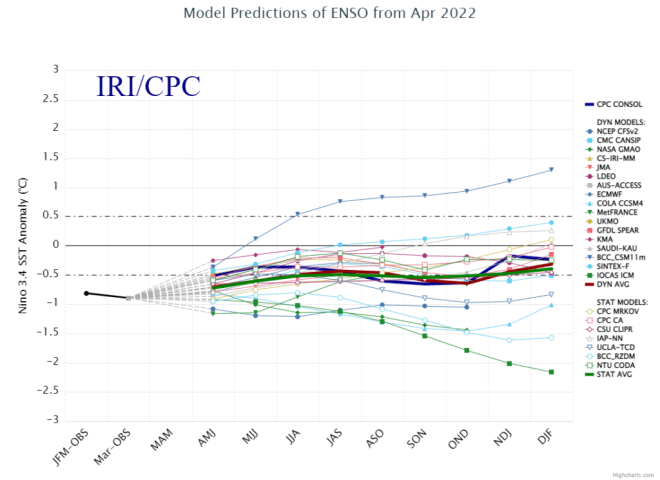Tomer’s Take:
- A strong cold front remains on track for MT, WY, and CO between 5/19-5/20.
- Forecast atmospheric pressure anomalies run 2-3 standard deviations below the 30-year average.
- The bulk of snow falls in SW MT and on CO’s Continental Divide-East.
- Yellowstone could see 1″ of accumulation. Big Sky and Cooke City could see several inches of accumulation.
- Air temps in parts of Colorado drop 30-40 degrees.
- Snow levels could drop to the valley floor.
- Strong winds precede this cold front.
Infrared satellite shows the storm track and two large storm systems lined-up. The first storm system delivers the strong cold front while the 2nd storm system amplifies the high pressure ridge and jet stream.

Pressure Pattern
An abnormally large trough rotates through the Intermountain West 5/19-5/20. Again, forecast atmospheric pressure anomalies run 2-3 standard deviations below the 30-year average.

Snow Forecast
5/17-5/26:




































